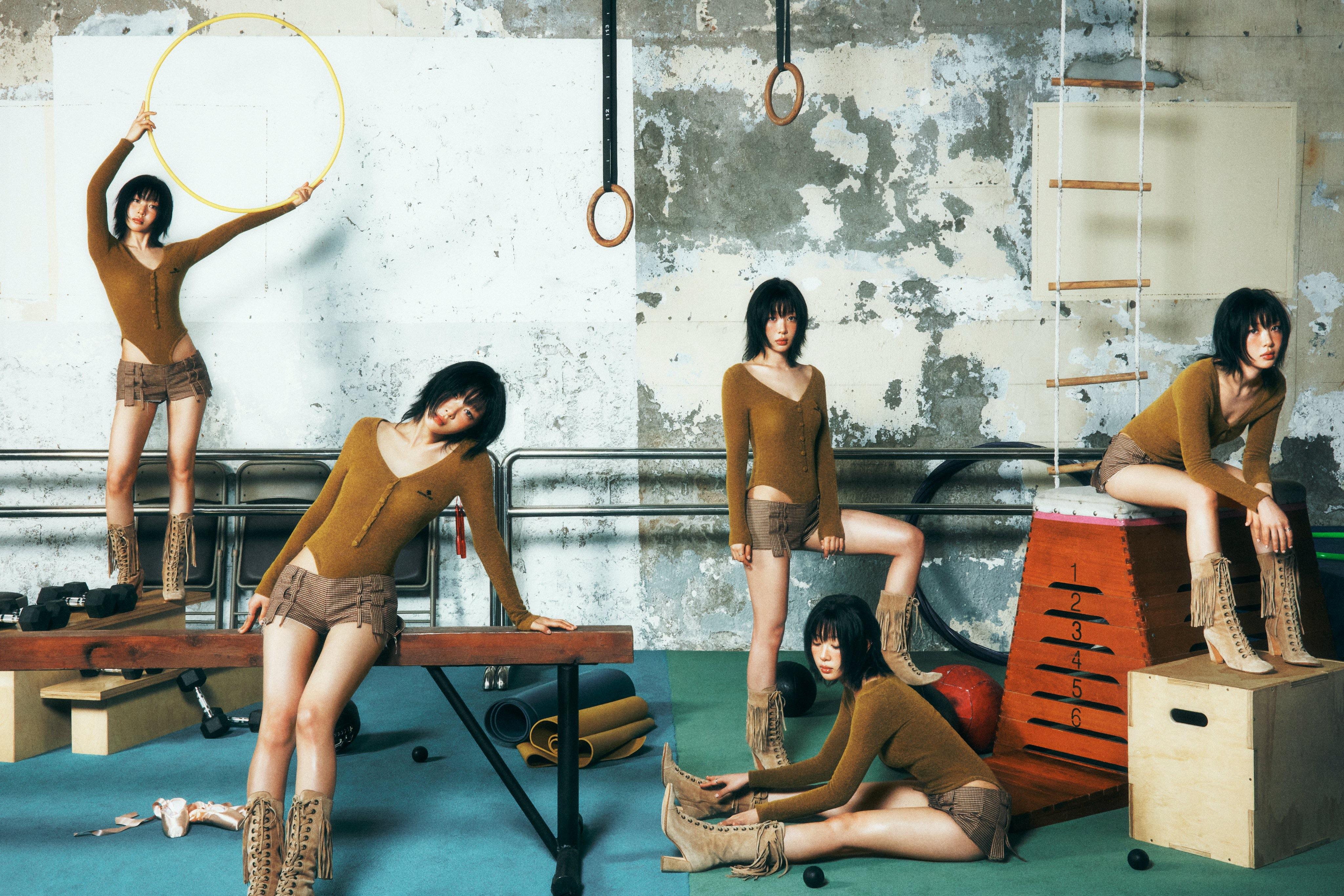Yves' Comeback Under Scrutiny: Addressing the Plagiarism Allegations
The K-pop industry has always been a space where creativity and originality are highly valued, making allegations of plagiarism particularly sensitive topics. Recently, former LOONA member Yves found herself at the center of controversy regarding visual elements in her upcoming solo comeback promotions.
The Allegations Surface
The controversy began when fans pointed out striking similarities between promotional materials for Yves' comeback and existing works. Specifically, concerns were raised about the "White Cat" music video concept and promotional photos released on July 29, which appeared to share visual elements with pre-existing creative works.
What started as fan observations quickly escalated into broader discussions about artistic integrity and the responsibilities of creative teams in ensuring originality. The similarities were significant enough that fans felt compelled to bring them to public attention, leading to widespread discussion across social media platforms.

The Official Response
In response to the growing concerns, Yves' management company PAIX PER MIL issued a statement through official channels. The company acknowledged the fans' concerns and took immediate action by contacting the external creative team responsible for the visual direction of the comeback.
According to the statement, the visual direction was handled by an outside team, and the similarities to existing works were not identified during the initial review process. Once the issues were brought to their attention, PAIX PER MIL acted swiftly by removing the questioned materials from official platforms.
The company emphasized that Yves herself was not involved in the creative decisions behind these materials and that the situation does not reflect her personal artistic choices or integrity.
Industry Context and Implications
This incident highlights several important aspects of the modern K-pop industry:
Creative Collaboration Challenges: Many artists work with external creative teams for their promotional materials, which can sometimes lead to oversight issues when it comes to ensuring complete originality.
Fan Vigilance: The K-pop community's attention to detail means that similarities to existing works are quickly identified and discussed, demonstrating the high standards fans hold for their favorite artists.
Accountability Measures: The swift response from PAIX PER MIL shows how seriously the industry takes these concerns, with immediate action taken to address the problem.
The Pink Panther Collaboration: "Soap"
Adding another layer to the comeback discussion is Yves' collaboration with Pink Panther on the track "Soap." This collaboration represents an interesting artistic direction for the former LOONA member, showcasing her willingness to explore different musical styles and work with various artists in the industry.
The "Soap" collaboration demonstrates Yves' versatility as an artist and her ability to adapt to different musical contexts while maintaining her unique vocal identity. This track serves as an example of the creative partnerships that can emerge when artists are given the freedom to explore beyond their established musical boundaries.
For fans, the Pink Panther collaboration offers a glimpse into Yves' artistic evolution and her approach to building her solo career through strategic partnerships and diverse musical explorations.

Moving Forward
PAIX PER MIL has indicated that they are reviewing their internal processes to prevent similar incidents in the future. They've committed to ensuring that all future content truly reflects Yves' unique artistic identity and maintains the high standards expected in the industry.
The company also requested that fans approach discussions about this matter thoughtfully, noting that the situation has led to unnecessary negativity directed toward Yves, who was not responsible for the creative decisions in question.
The Bigger Picture
While this controversy has been disappointing for fans eagerly anticipating Yves' solo work, it also presents an opportunity for important conversations about creative processes, accountability, and the collaborative nature of modern music production.
The incident serves as a reminder that behind every K-pop release is a complex web of creative professionals, and ensuring originality requires careful oversight at every level. It also demonstrates the power of fan communities in holding the industry accountable to high creative standards.

Conclusion
As Yves continues to prepare for her comeback, this experience will likely influence how her team approaches future creative projects. The swift acknowledgment of the issue and the steps taken to address it suggest a commitment to learning from this situation.
For fans, this incident reinforces the importance of supporting artists while also maintaining the high standards that help keep the K-pop industry innovative and original. As the situation moves toward resolution, the focus can return to what matters most: celebrating Yves' musical talents and her journey as a solo artist.
The K-pop industry's ability to address these challenges head-on and implement changes demonstrates its ongoing evolution and commitment to artistic integrity. While controversies like this are never ideal, they can serve as catalysts for positive change in creative processes and industry standards.